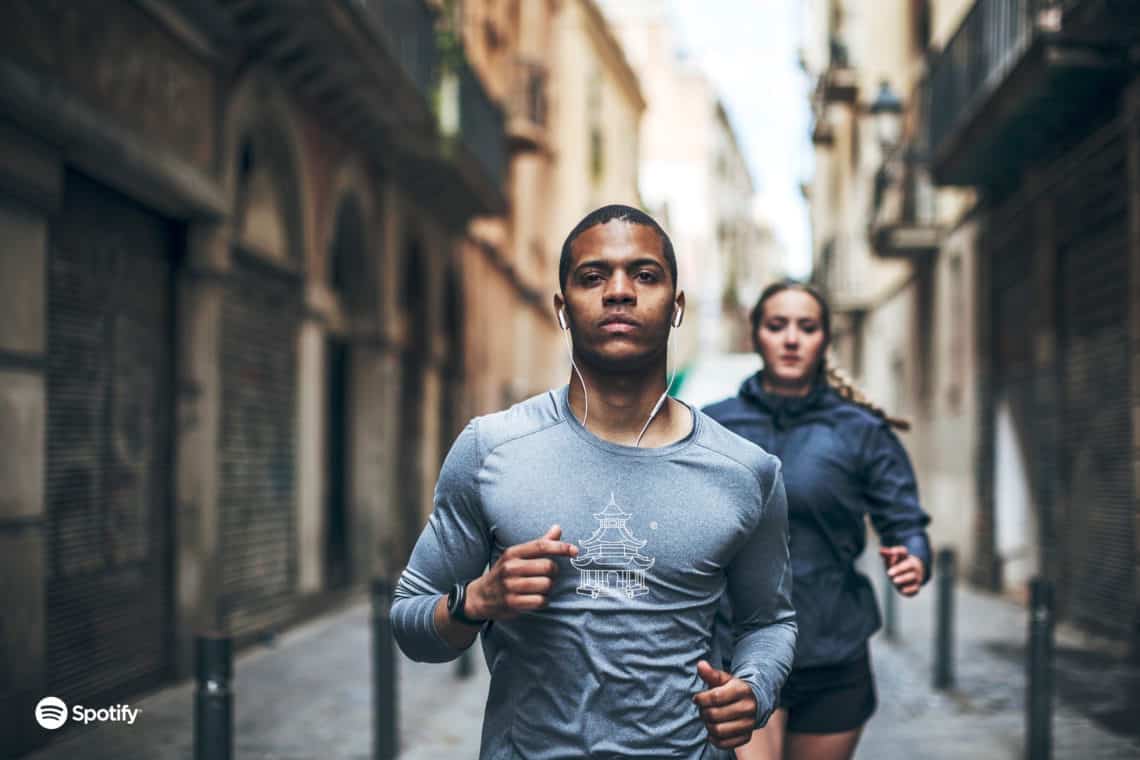
Summary: Some of the sport injuries are preventable, unfortunately not all of them. We’ve collected some of the most common sport injuries and a few useful tips and tricks to avoid them.
Sport injuries and prevention
Sport injuries can happen to anyone, and there are many reason why it actually does. If you regularly exercise you might “over-exercise” some of your body parts, and that is when you can get hurt. Others don’t exercise at all, and from one day to the other they decide to run a Marathon with a week’s preparation (not a good idea at all!).
- The first and most important rule to avoid sport injuries is to exercise with your brain switched on (that is train smart!). If you haven’t done much exercise recently, do start with a light approach, and give yourself and your body time to get used to the movements, and build some muscles. Elevate the weight, length, and effort continuously as oppose to a fast and aggressive plan.
- My second suggestion is best to stay in shape. If your build a continuous exercise routine in to your daily life (be it swimming, weigh lifting, running, yoga…etc) your body has a better chance to adjust when you try something else or something more.
- Warm up, stretch after your routine and give yourself enough time to exercise. Hurried movements, lack of attention are a constant source of injuries.
- We are all different! So there might be a chance that you keep all the reasonable rules and you still get hurt. It happens… and how you handle your recovery can make a significant difference in your health.
The most common injuries:
1. Pulled muscles
There are many reasons for this type of injury to happen such as:
- Weakness
- Fatigue
- Over-exercising
- Neglecting stretching, or not stretching properly
- Not warming up properly
- Lack of flexibility
The most commonly affected muscles are the calves and hamstrings, but you can pull many different muscles depending on the sport you are doing, and the condition your body is in. The best way to prevent a pulled muscle is to stretch properly, and work out when you are feeling ready for it. If you are tired and demotivated, give yourself a day off, put your feet up with a good book, and call it a “mental health day”.
2. Ankle sprain
Most common amongst runners, soccer players, and generally people doing aerobic exercises such as jumps, runs, and sudden moves. Sprained ankles happen when the foot turns inward and you put your weight on your leg. These fairly painful mis-steps can lead to twisting ankles, but also hurting ligaments and tendons. One of the best ways to avoid these sprains is to strengthen your ankles with specific exercises. My favorite one (low maintenance, and can-practice-without-a-gym-or-equipment-kind of way) is to take the stairs in my office. It not only strengthens my ankles, but also give a good pump for my heart, and shapes my gluts.
3. Groin pull
A sharp pain caused by sudden and heavy moves. What you feel is discomfort, swelling, and occasional bruising on the inner thigh. Not fun… and it is sufficient to say that once it happens the best is to give your body enough time to recover. If you don’t rest, you might end up with a long-term condition. The advise here again, exercise with moderation and let your body adjust properly before you push for more.
4. Knee injury:
Also called “Runner’s Knee,” that covers a whole list of various injuries related to the kneecap. Despite the name, not only runners can get it but all athletes using their legs actively. To avoid this injury, I recommend to use good shoes and don’t get attached to your beloved trainers for too long. The average lifespan of a pair of good trainers is around 500 hours. Pay attention and reward yourself with a shiny new pair when the time is up. Lastly, don’t run on hard surface such as asphalt, but rather choose a running track or softer ground.
5. Shin splints
When your shinbones get hurt due to muscle inflammation is called shin splint. Most often runners get it, especially the ones that train hard, or the ones without previous training experience. If you start too quickly or push your limits too hard, this type of injury can easily happen. In prevention the most useful tips are to wear good shoes, workout with moderation, stretch and warm up properly according to the exercise you do.
6. Lower back pain
Mostly cyclists, golfers, tennis players, and runners are affected because of the uneven, sudden, and unbalanced movements, and body use. Proper warm-up is crucial to avoid the injuries that are actually avoidable. Why do I say this? Because some of these injuries happen due to weakness in your body, and you might do everything the right way and still get injured. That is because of the nature of the sport, and lack of balance in movements.
7. Tennis elbow
It is the plague of tennis and golf players. The repetitive, one-handed movements cause pain and degeneration on the inside of the elbow. Tennis elbow comes with pain and inflammation and once it appears, the best is to rest until the body recovers. You can also practice some forearm strengthening exercises such as wrist curls, or squeezing a rubber ball.
Don’t pay the price! Instead apply it to your sport injuries…
What is the PRICE method? It is a commonly used method treat less severe sports injuries at home.
- P — protect from further injury
- R — restrict activity
- I — apply ice
- C — apply compression
- E — elevate the injured area
Go to the doctor if…
Pushing through with sport injuries have limits. Even if you are used to having pain (which is already not a good sign), but your symptoms are not going away within a few days, and if anything they worsen, it is a good indication to book your doctor’s appointment. Here are a few good reasons to do so:
- Broken bones, bleeding, and deep cut, or infected skin
- You can’t use your limbs properly (walking with a strong limp, can’t lift a glass, strong pain shoots in your neck when turning to the side…and there are many more. The message here is when you experience pain that you need to compensate by not using the injured part of your body is a sign to ask for help.)
- Extreme swelling and strongly discolored skin (of course our skin reacts differently to everything, but you know your body the most. If the color of your affected skin differs from the rest of your body a lot, that is a sign of a potential problem)
- It is not healing or getting better in a few days time
- PRICE therapy doesn’t help and your pain level elevates
Pain in sports is good they say. But I think there is difference between pain and pain. When you struggle and you’re hurt, it is best not to delay professional help because you can cause irreversible damage to your body.










